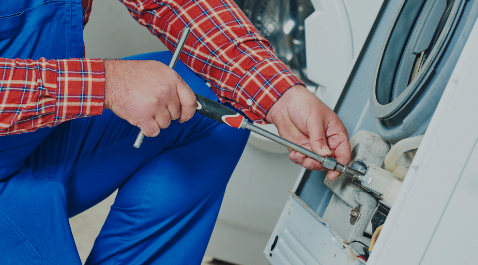Laundry Care
Water Recycling Systems

Water recycling systems for laundry are designed to treat and reuse water from the laundry process, thereby reducing water consumption and minimizing environmental impact. These systems typically involve a series of technologies to treat and purify the wastewater generated during laundry operations. Here’s an explanation of how these systems work, along with safety guidelines:
How Water Recycling Systems for Laundry Work:
- Collection and Filtration:
- Wastewater generated from laundry processes is collected and directed to the recycling system.
- Initial filtration removes larger particles and debris from the water.
- Separation and Sedimentation:
- Sedimentation tanks allow heavier particles to settle at the bottom, separating them from the water.
- Biological Treatment:
- Some systems incorporate biological treatment using bacteria or other microorganisms to break down organic pollutants.
- Chemical Treatment:
- Chemical processes may be used to further treat the water, removing contaminants and impurities.
- Disinfection:
- Water is subjected to disinfection processes (such as UV treatment or chlorination) to eliminate harmful microorganisms.
- Filtration and Polishing:
- Advanced filtration techniques, like membrane filtration, are employed to remove remaining fine particles and contaminants.
- Reuse in Laundry Operations:
- The treated water is then recycled and reused in the laundry process, reducing the need for fresh water.
Safety Guidelines for Water Recycling Systems:
- Regular Maintenance:
- Conduct regular maintenance of the water recycling system to ensure all components are functioning properly.
- Monitoring and Testing:
- Implement a monitoring and testing schedule to regularly check water quality and system performance.
- Training:
- Train personnel involved in the operation and maintenance of the water recycling system on safety protocols and procedures.
- Emergency Procedures:
- Develop and communicate emergency procedures in case of system malfunctions or unforeseen incidents.
- Protective Equipment:
- Provide appropriate protective equipment, such as gloves and goggles, for workers handling the system.
- Chemical Handling:
- If chemical treatments are used, follow proper handling and storage protocols, including the use of appropriate signage and labels.
- Compliance with Regulations:
- Ensure that the water recycling system complies with local environmental regulations and safety standards.
- Regular Inspections:
- Conduct regular inspections of the entire system to identify and address any potential safety hazards.
Implementing a water recycling system for laundry operations can contribute to sustainability efforts and reduce the environmental impact of the facility. It’s crucial to prioritize safety to protect both the environment and the individuals involved in the operation and maintenance of the system.




